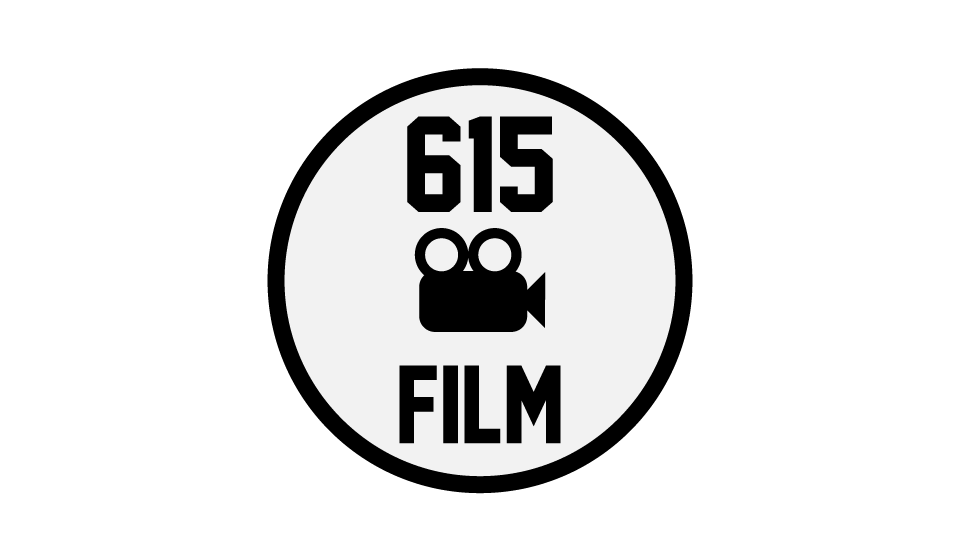In 2018, anime director Mamoru Hosoda received an Academy Award nomination for Mirai, which enthralled audiences with gorgeous animation and a wondrous coming-of-age narrative that explored the psychology of its child protagonist well, yet was lacking in thematic weight. His newest film, Belle, aims to improve upon that with a story set inside an online role playing game, and the result is one of the best animated features to come out this awards season thanks to a well-written character arc, clever storytelling, creative world building and gorgeous animation from Studio Chizu.
Belle follows Suzu Naito (Kylie McNeill), a teenage girl living in a dying part of rural Japan, where she spends her days glued to her cell phone amidst low self-confidence and loneliness. To cope with it all, she joins the virtual community of U, a digital world that uses body sharing technology to create a user’s avatar based on their hidden strengths and biometric information. Suzu’s secret talent for singing leads to the creation of her online persona, that being the titular Belle, who gains instant popularity as not only a ravishing songstress, but also the online realm’s most popular celebrity.
All goes well until one of Belle’s concerts is interrupted by The Dragon (Paul Castro Jr.), a heavily bruised, monstrous beast that carves through the community moderators and other avatars with destructive attacks until U crashes. With the help of her best friend and agent Hiro (Jessica DiCicco), childhood ally Shinobu (Manny Jacinto) and love interest Kamishin (Brandon Engman), Suzu takes it upon herself through Belle to learn The Dragon’s identity and his reasons for bringing chaos to her online home, coming out of her shell little by little and uniting her real and online selves along the way.
Like Mirai before it, one of the strongest elements of Belle is its animation style. The world of U is gorgeous to look at, with its magical possibilities evident right from the get-go as Belle makes an extravagant entrance flying a humpback whale through its main hub, which is thoughtfully created to look like the gears that would be inside a computer processor. Another example of this comes when an AI transports Belle to hidden sections of U that feel reminiscent of surreal tapestries through their vibrant, psychedelic color palettes.
Meanwhile, characters float through U with glossy tones that make their outfits and hair flow with fluidity and appear lush to the touch. This also extends to Suzu’s reality, where textures of buildings are used to form realistic backgrounds, and the sun reflects off the water beautifully when she treads along her after-school path home. Hosoda also continues to flex his strengths as a writer through ingenious storytelling techniques that parallel Belle’s fascination with The Dragon to the fairy tale of Beauty and the Beast, with the interior of his castle even carrying a heavy influence from the classic Disney adaptation.
Hosoda’s worldbuilding is creative as well in its implementation of online community standards, such as when Belle gets 23 million followers upon her first performance that goes viral, and even as the head moderator of U emerges for the first time surrounded by logos of his sponsors, not unlike a contemporary TikTok influencer. Suzu’s character arc is also well-written in scenes with and without dialogue, from a heartbreaking montage that delves into the catalyst for her obsession with technology to funny moments that portray her social anxiety when she is asked to sing, to which she reacts by crawling out from under one instrument to another.
As much as there is to like in Hosoda’s latest, Belle is still not without hindrances. Pacing issues come to light when her followers learn of a tender moment between Suzu and Shinobu, which inexplicably cues a board game-esque animation of Suzu and Hiro moving from clique to clique throughout the school in order to quell everyone’s speculation. It’s worth noting that the film also juggles a lot of thematic ideas and storytelling techniques to the point where it doesn’t have a concrete idea about them all, such as its musings about online privacy, or doesn’t carry them all to the finish line like the fairy tale parallels, as alluded to earlier.
What Belle does stick the landing on, however, are its messages about confronting online toxicity, and the duality of personas that we as a society carry in reality and on the Web. Audiences will be thinking about how they use social media and interact with others on such platforms well after the film’s conclusion, while relating to its coming-of-age narrative. Die-hard fans of anime will ultimately forgive its thematic messiness to gawk at the gorgeous visuals and marvel at the creativity on display. Belle may be a late entry into a crowded field for the Best Animated Feature Oscar, but it’s better late than never, because it’s a wondrous and timely fairy tale about separating oneself from technology, and one of the year’s best animated films.
Rating: 4/5



